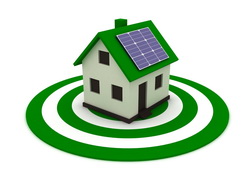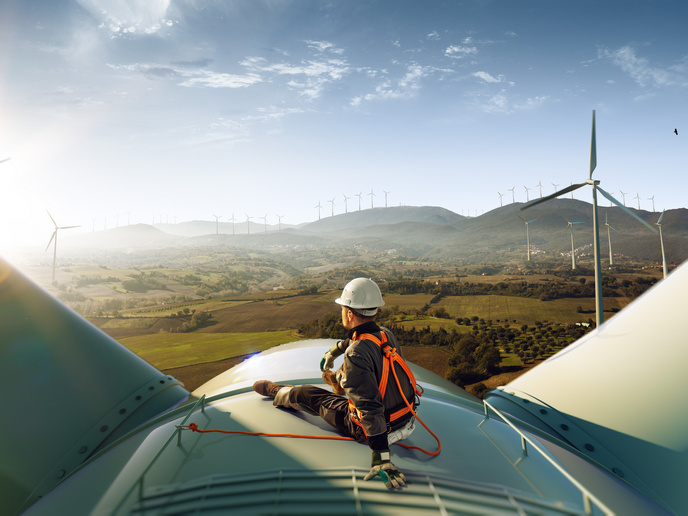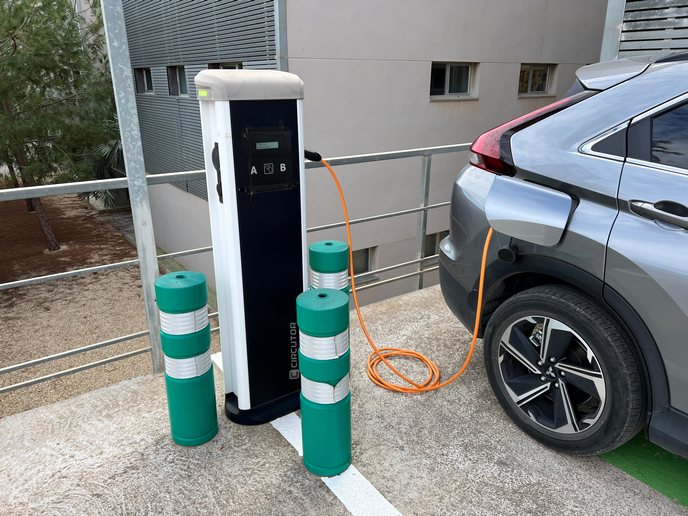Next generation solar systems for buildings
In the search for major consumers of energy, one needs look no further than the buildings we inhabit, be they residences or workplaces. Looking to a more sustainable future, it makes sense to produce the energy as close to home, so to speak, as possible. This is where renewable energy sources (RES) can have a positive impact. The EU-funded project 'Development of an integrated solar system for buildings' (Multisolar) examined the potential of incorporating solar panels into the structural elements of buildings. The aim was to cover not only electricity needs, but also requirements for hot water and heat. The first challenge entailed making sure that the size of the system installed is adequate enough to satisfy the building's energy needs. For this reason, accurate estimates of the building's annual electricity, hot water and heating needs must be obtained. The ability of the Multisolar collectors to match these needs must also be determined, thus special equipment was developed to enable simultaneous measurement of various outputs. Several existing buildings were then selected as case studies where the Multisolar collectors and sensors were installed. Analysis of the data collected helped the Multisolar team define the system's components. It should also be noted that architects will have the choice of incorporating the special solar collectors into the roof as well as into the building's facade. So while buildings may be energy hogs, there is hope that in the not so distant future they may have the capacity to become autonomous.







